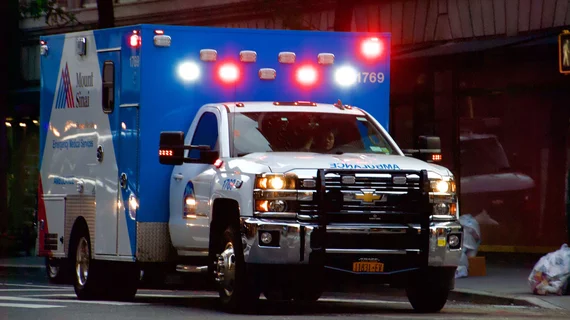Researchers have used guided machine learning to train, test and validate an algorithm for predicting mortality in patients considered candidates for transfer to separate facilities.
The tool makes the call based on factors readily available to busy clinicians, respecting their workflows while helping patients and families decide whether moving to access a stepped-up care setting would fit well with their aims and values.
The work was conducted at UPMC in Pittsburgh and published in Plos One Feb. 8.
Pitting their model, dubbed SafeNet (for safe nonelective emergent transfers), against a predecessor tool with similar aims, qSOFA (for sepsis-related organ failure assessment), the team found its system both significantly more accurate and more readily generalizable to diverse patient populations.
“SafeNET is not meant to supersede clinical judgement, but rather it is intended as a means to trigger a pause so that clinicians are better prepared to inform high-risk patients (or their surrogates) of the severity of their illness and address goals of care when they arrive at the receiving facility, or in some cases, before transferring patients outside their communities of support,” write corresponding author Daniel Hall, MD, MDiv, MHSc, and colleagues.
In UPMC’s own coverage of the research, Hall says the team’s overarching goal is to help inform frontline physicians so they can guide shared decision-making over high-risk patients.
“This tool could help direct additional resources to these patients to ensure that the plan of care is consistent with the patient’s values and goals,” he adds. “Frequently, transferred patients and their families don’t understand the severity of the illness they are facing and have unrealistic expectations about the outcomes that a transfer for higher-level care will produce.”
Full study here.

